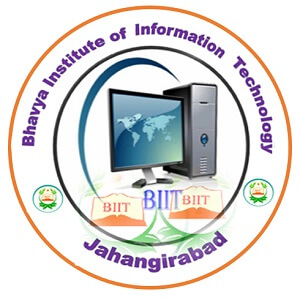There is given many features of java. They are also known as java buzzwords. The Java Features given below are simple and easy to understand.
- Simple
- Object Oriented
- Plateform Independent
- Secured
- Robust
- Architecture Neutral
- Portable
- High Performance
- Distributed
- Multi Threading
Simple
1. it omits many rarely used, poorly understood, confusing features of C++, like operator overloading, multiple inheritance, automatic coercions, etc.
2. it contains no goto statement, but break and continue.
3. it has no header files and eliminated C preprocessor.
4. it eliminates much redundancy (e.g. no structs, unions, or functions).
5. it has no pointers.
6. it has some added features to simplify.
7. it has garbage collection, so the programmer won't have to worry about storage management, which leads to fewer bugs.
Object-oriented
Object-oriented means we organize our software as a combination of different types of objects that incorporates both data and behaviour.
Object-oriented programming (OOPs) is a methodology that simplify software development and maintenance by providing some rules.
Basic concepts of OOPs are:.
1. Encapsulation.
2. Inheritance.
3. Polymorphism.
4. Abstraction.
5. Message Passing.
6. Dyanamic Binding.
7. Data hiding.
Platform Independent
A platform is the hardware or software environment in which a program runs. There are two types of platforms software-based and hardware-based. Java provides software-based platform. The Java platform differs from most other platforms in the sense that it's a software-based platform that runs on top of other hardware-based platforms.
It has two components:
1. Runtime Environment.
2. API(Application Programming Interface).
Java code can be run on multiple platforms e.g.Windows, Linux, Sun Solaris, Mac/OS etc. Java code is compiled by the compiler and converted into bytecode. This bytecode is a platform independent code because it can be run on multiple platforms i.e.
Write Once and Run Anywhere(WORA).
Secured
Java is secured because:
1. No explicit pointer
2. Programs run inside virtual machine sandbox.
Robust
Robust simply means strong. Java uses strong memory management. There is a lack of pointers that avoids security problem. There is automatic garbage collection in java. There is exception handling and type checking mechanism in java. All these points make java robust.
Architecture-neutral
There is no implementation dependent features e.g. size of primitive types is set.
Portable
We may carry the java bytecode to any platform.
High-performance
Java is faster than traditional interpretation since byte code is "close" to native code still somewhat slower than a compiled language (e.g., C++)
Distributed
We can create distributed applications in java. RMI and EJB are used for creating distributed applications. We may access files by calling the methods from any machine on the internet.
Multi-threaded
A thread is like a separate program, executing concurrently. We can write Java programs that deal with many tasks at once by defining multiple threads. The main advantage of multi-threading is that it shares the same memory. Threads are important for multi-media, Web applications etc.



